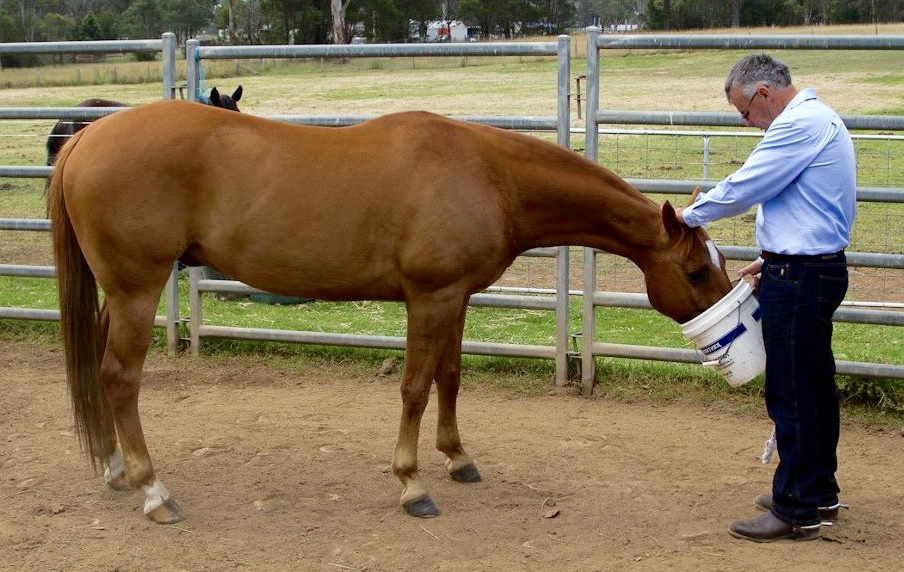1. No matter how old your horse is, take him a treat each day and rub his head.
If you do this, he’ll soon look forward to seeing you.
Start each lesson by going to your horse and showing him it’s easy and pleasant to be with you.
Every horse will learn to enjoy having his head rubbed.
It’s up to you to teach him.
2. Whenever you’re with your horse, you’re teaching him, so make sure you’re always definite and consistent.
Even when you clean your horse’s stable or check his water, you’re still teaching him.
3. Whether you’re leading or riding your horse, you must have a definite plan of where you want him to go.
You must teach your horse to move exactly where you ask, at the exact speed you ask, in the gait you ask.
If you don’t have a plan, your horse will make one for himself and it won’t be the plan you hoped for.
4. Always work on things that you know your horse can do and build from there.
Never create a confrontation by trying to work on things that your horse can’t do.
5. Never force your horse to run backwards.
Backing up won’t help your control and it won’t teach your horse to slow down or stop.
Whether you’re leading or riding, always work on teaching your horse to move forward correctly.
Backing up is easy when a horse understands to move forward correctly.
6. Horse training is about building confidence one step at a time.
It’s not about confrontation or respect or being the boss or winning fights.
7. A confident, relaxed horse is always easy to teach.
A nervous, worried horse is always difficult to teach.
8. Each lesson with your horse should last about twenty minutes.
That doesn’t mean you can’t ride him for an hour or more,
it just means that you mustn’t drill your horse over and over and over.
Never keep going because you think you have to end on a good note –
just put your horse away and try again tomorrow.
9. New things must be introduced one step at a time.
Remember, you’re building confidence, you’re not ‘desensitising’.
10. Last but not least, be nice to your horse.
As my friend Alan Hannaford says ‘There’s no downside to being nice’.
When your horse is confident and relaxed, you have something to work with.
When your horse is nervous and worried, you don’t have much at all.

